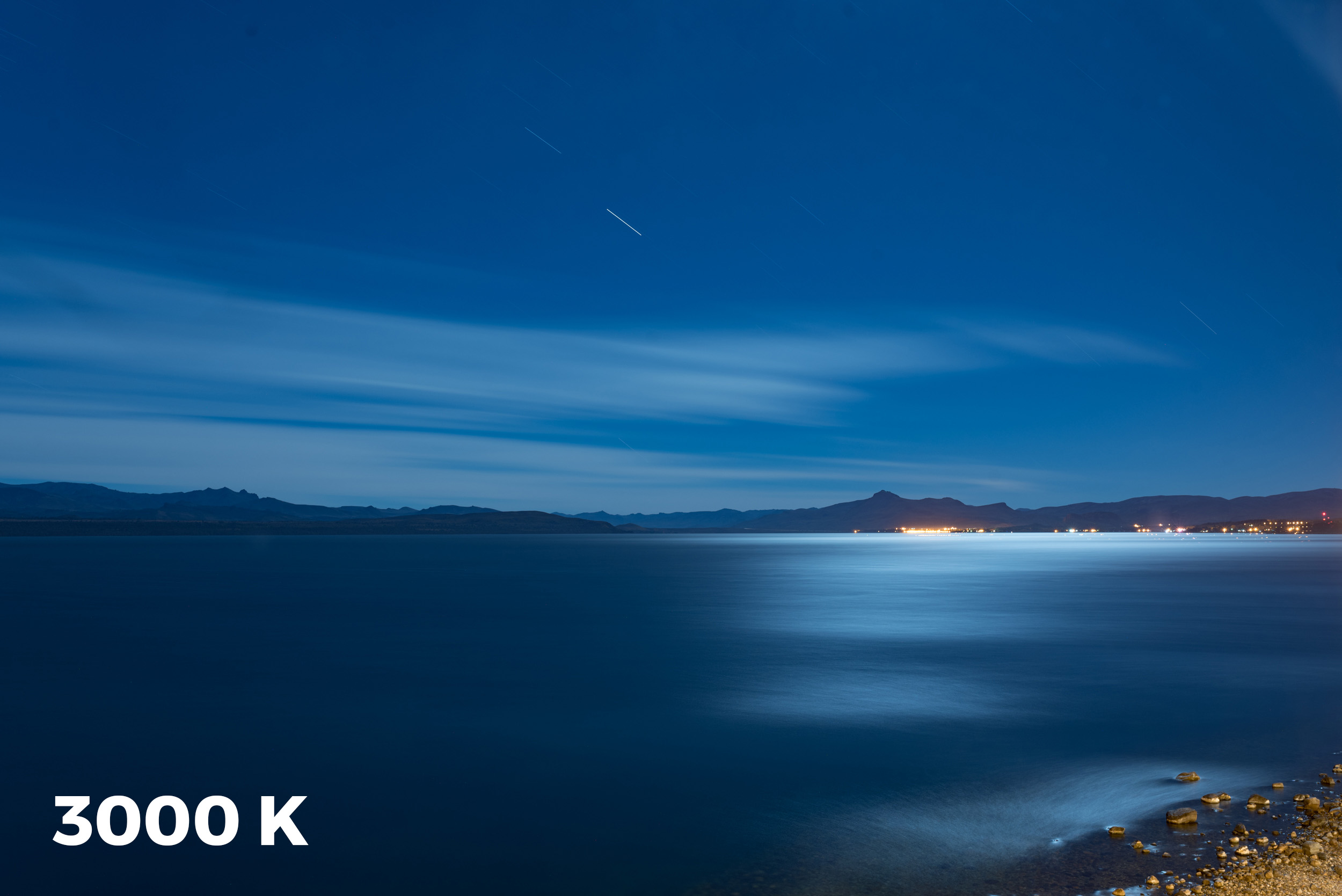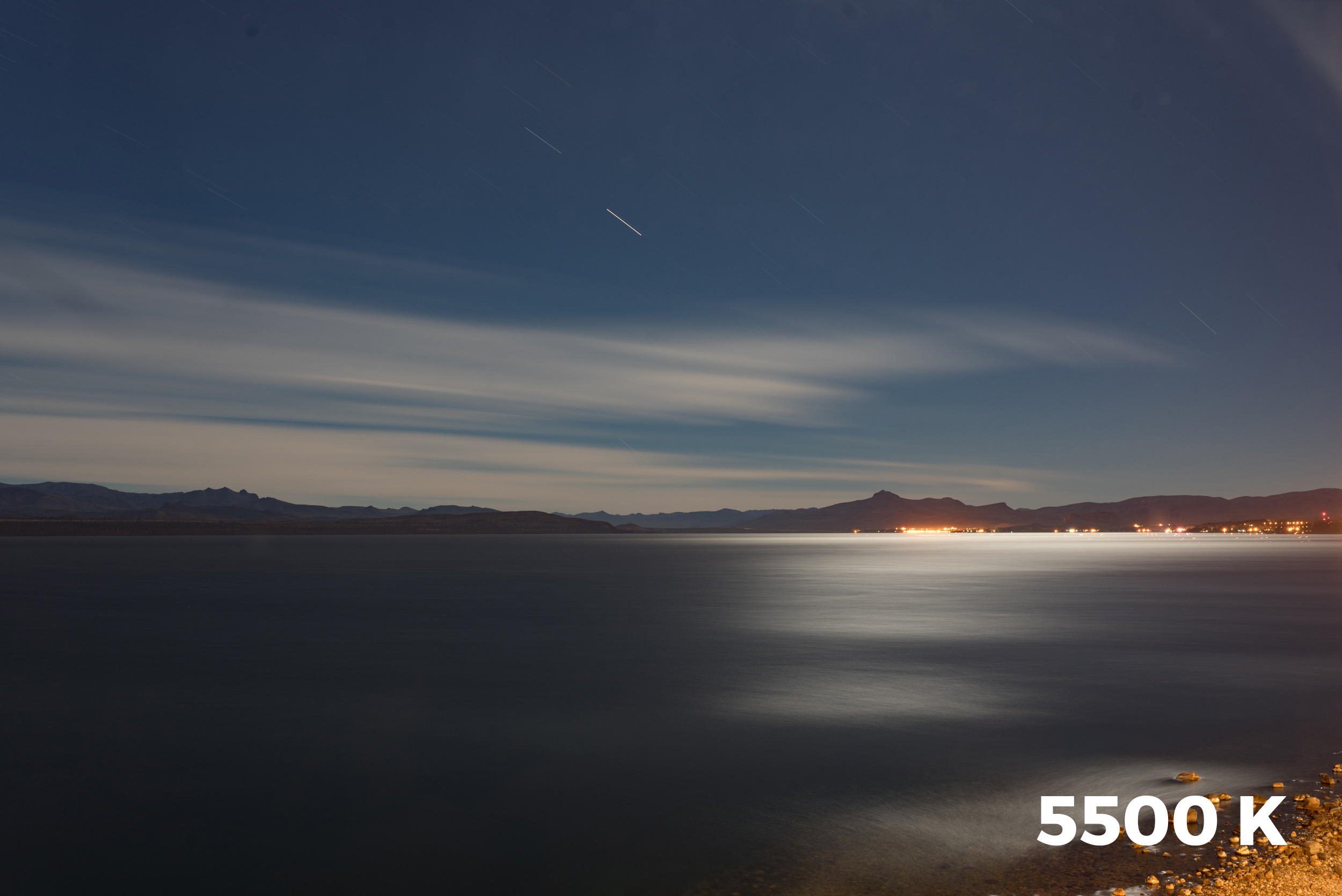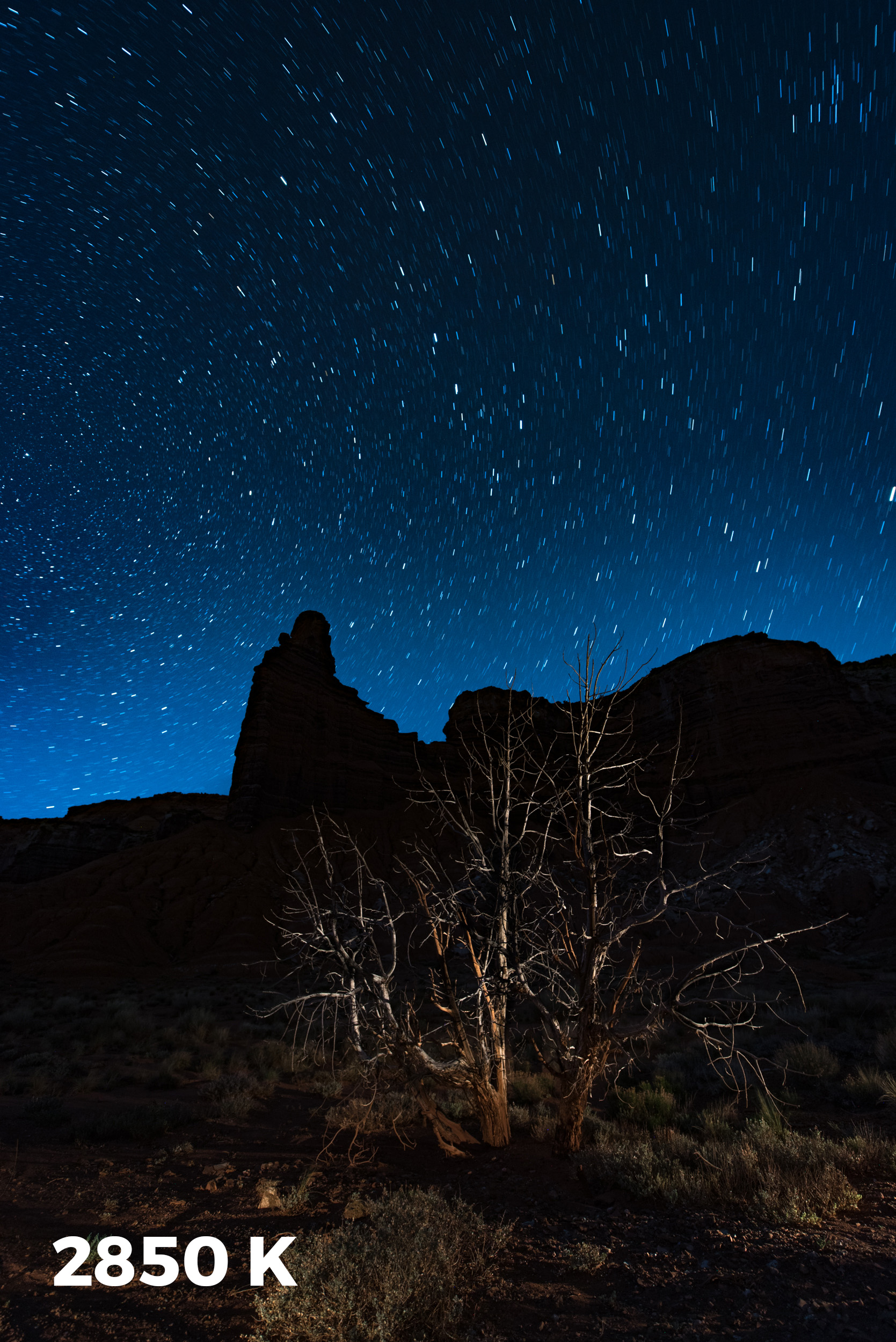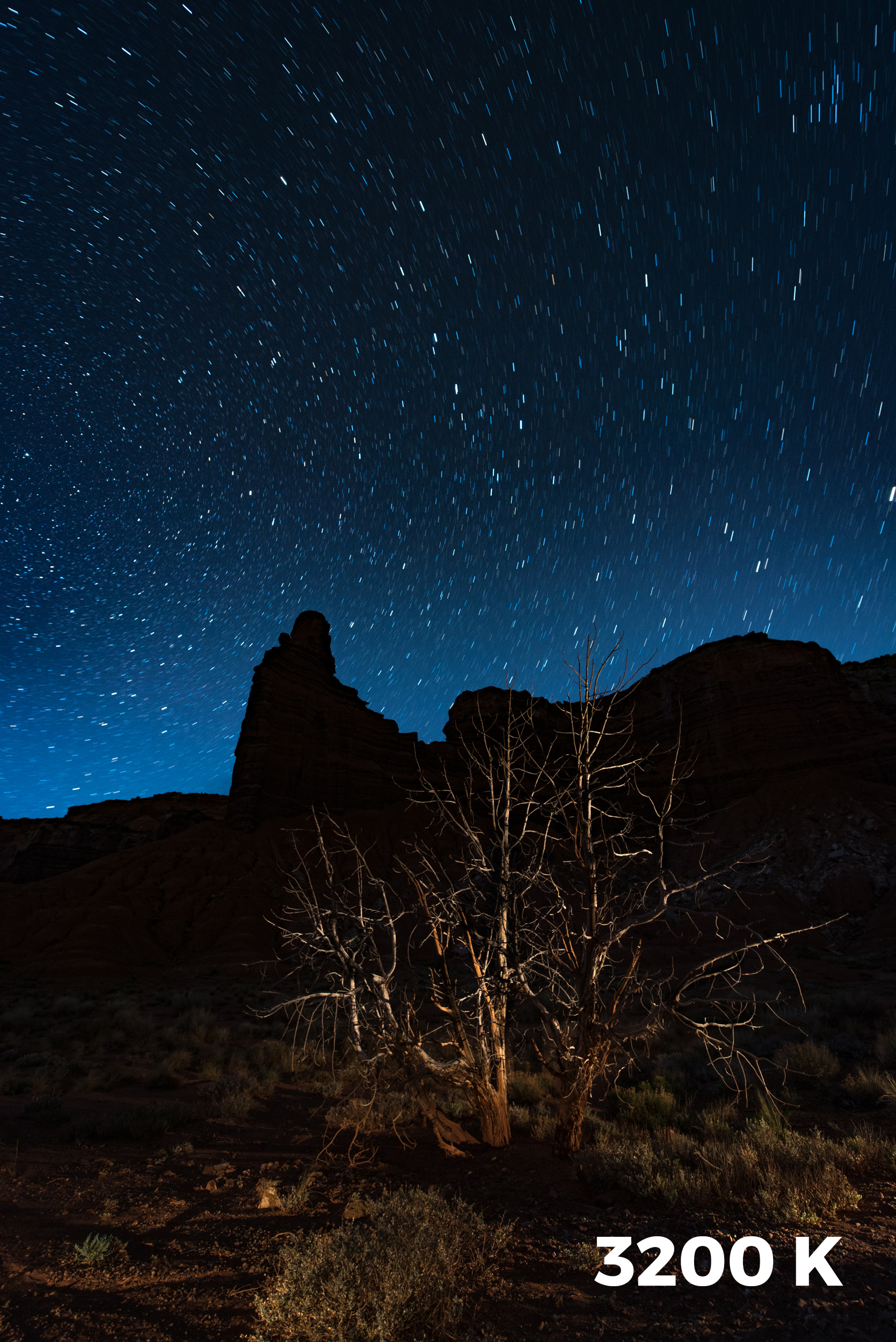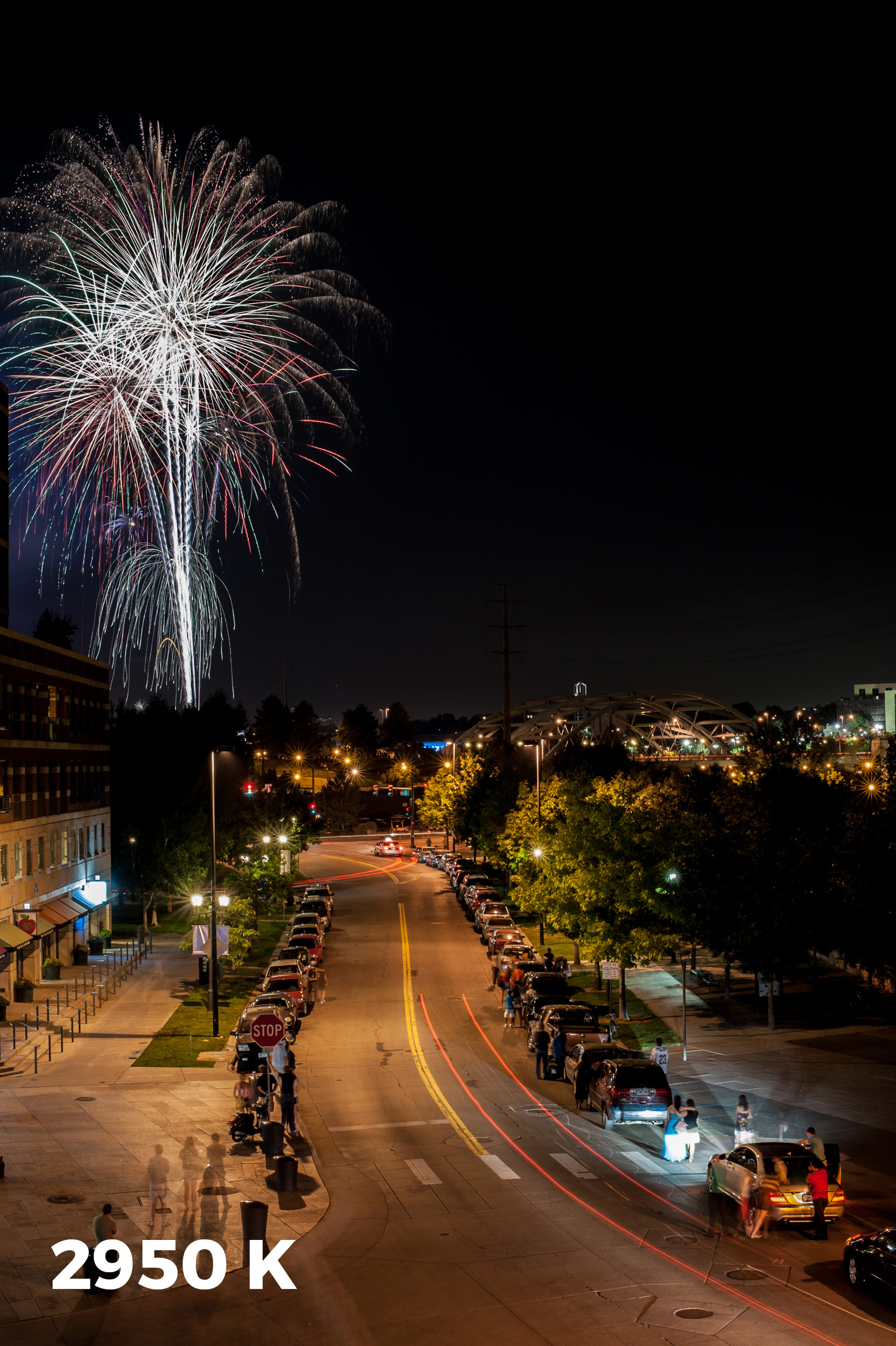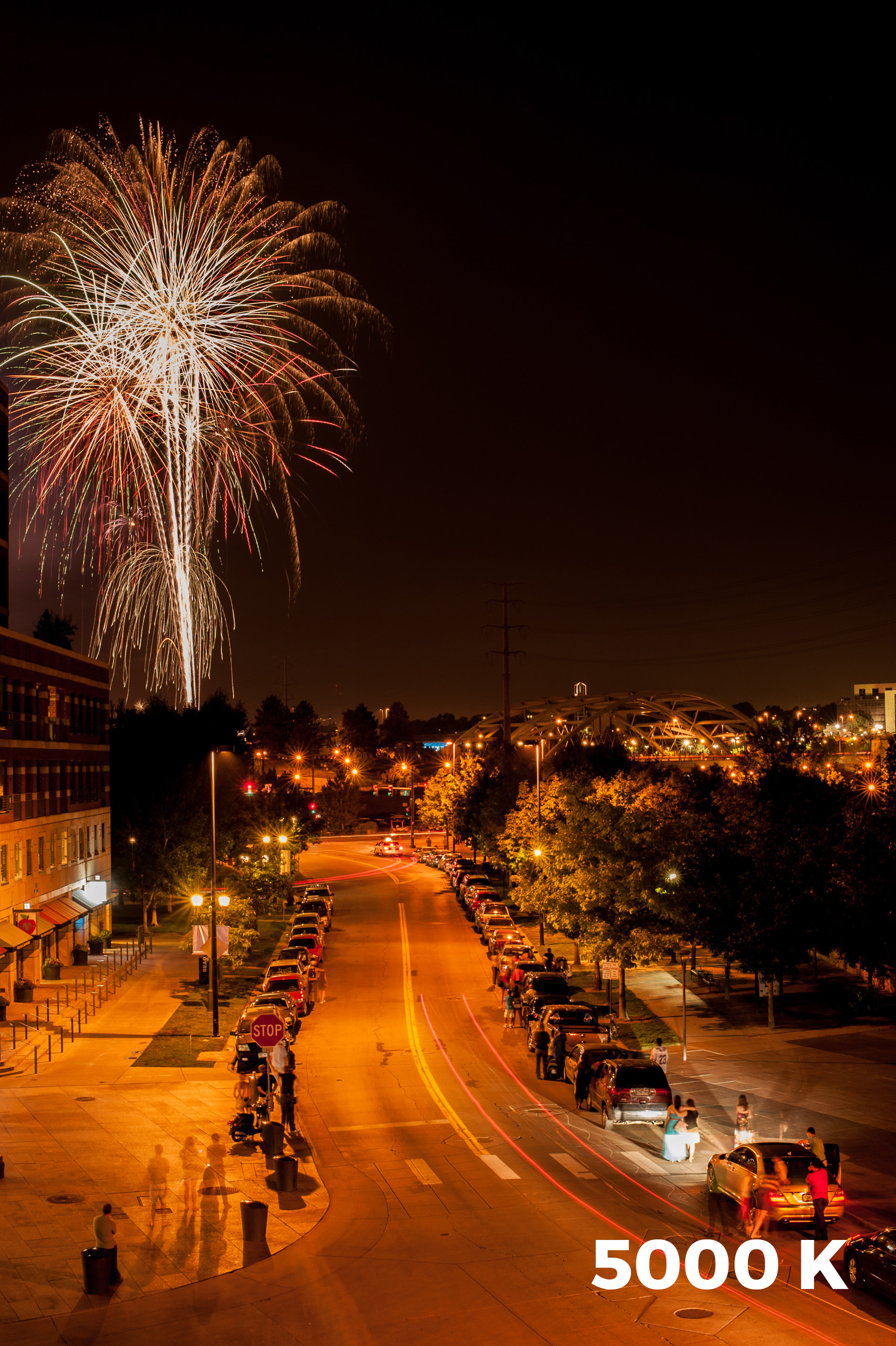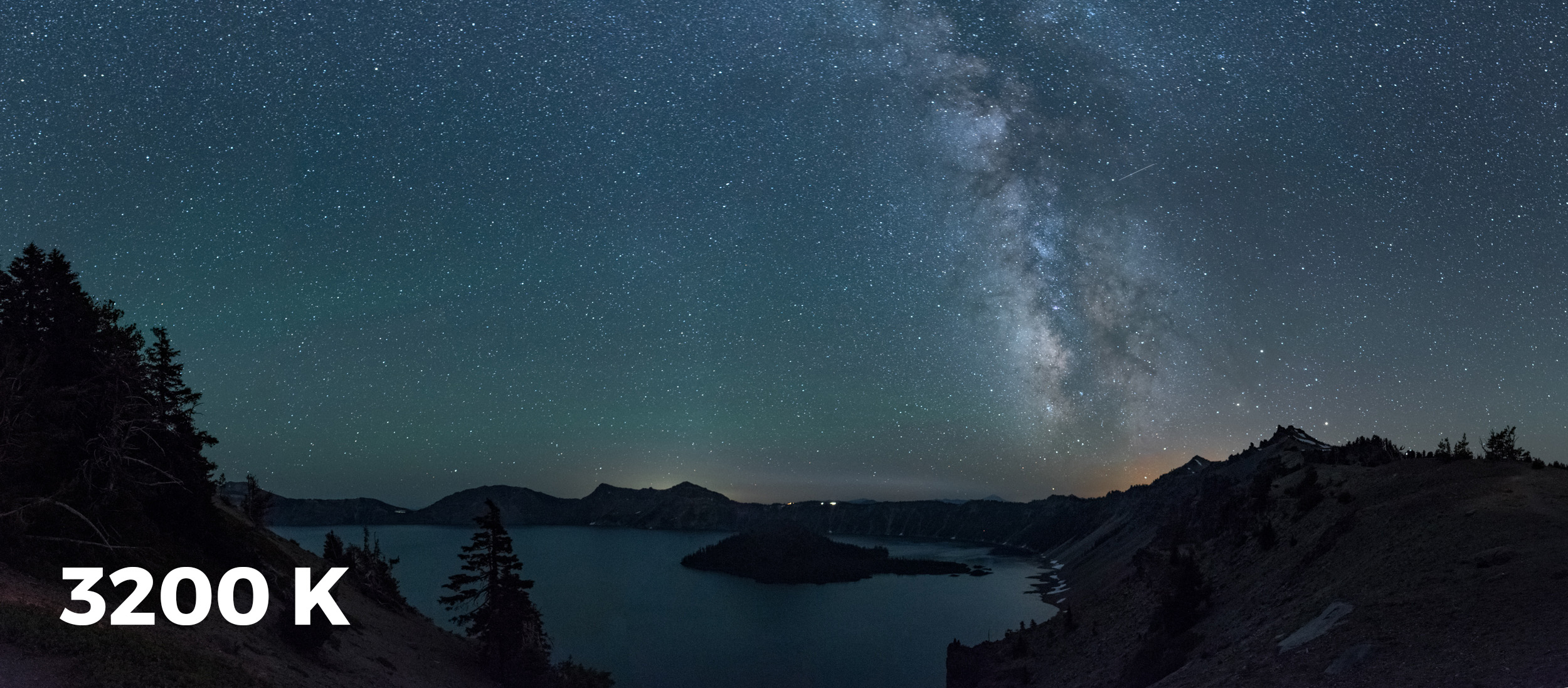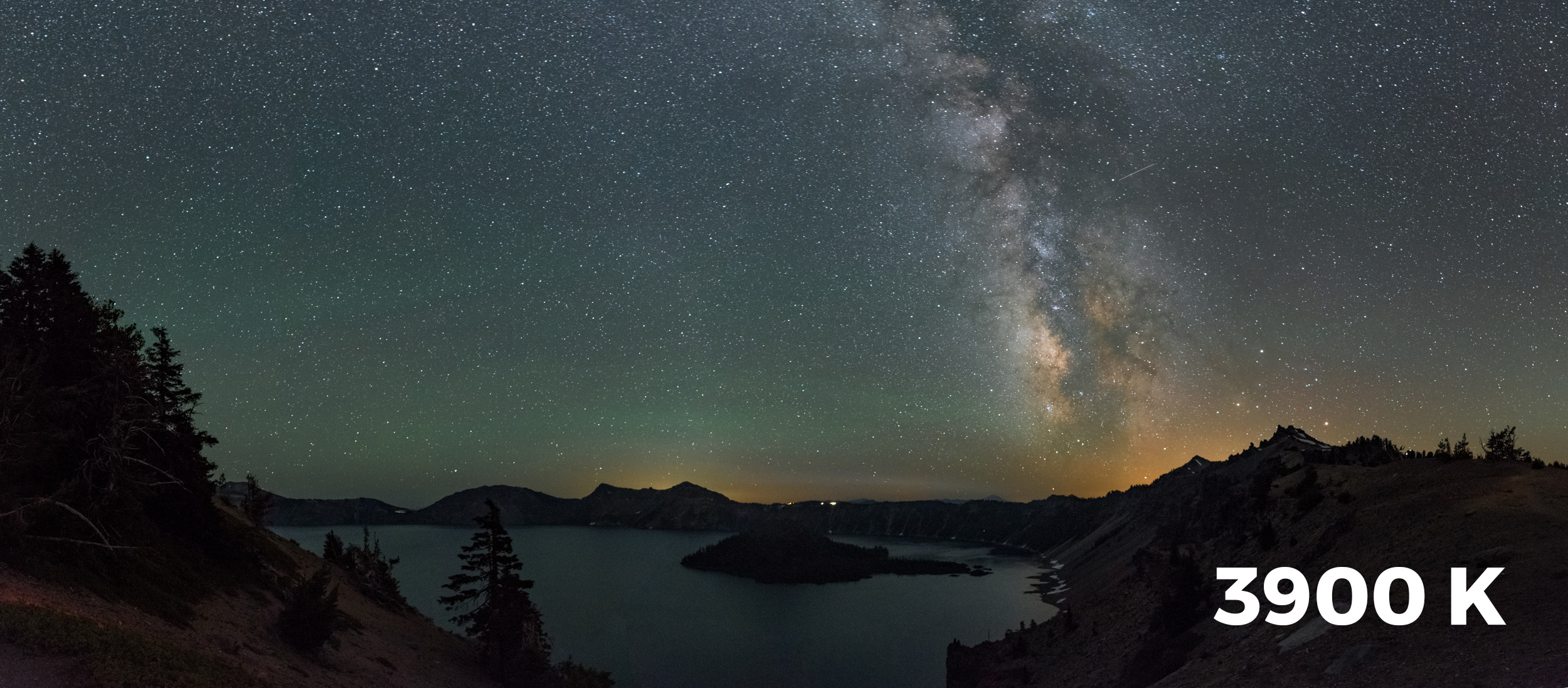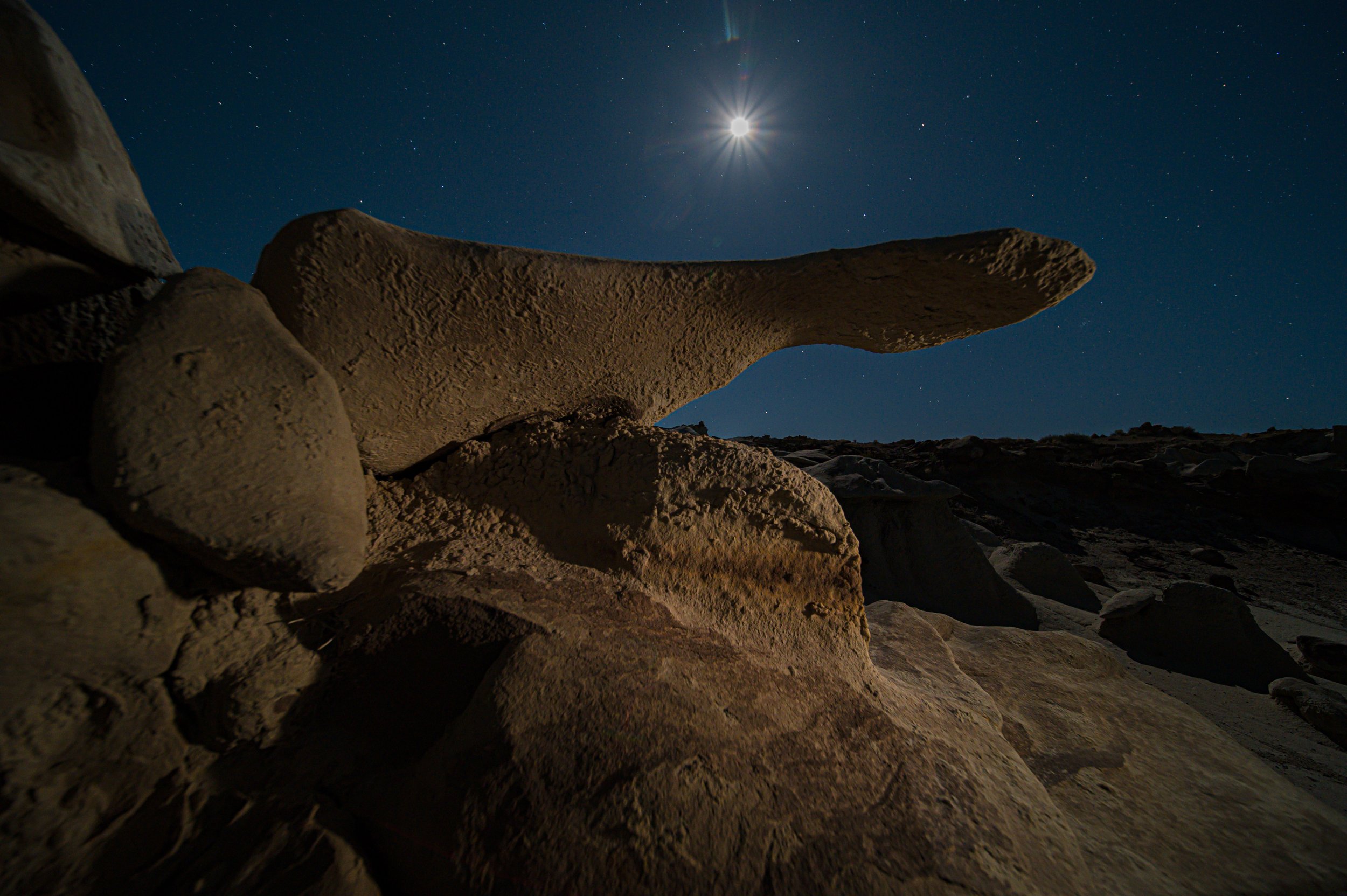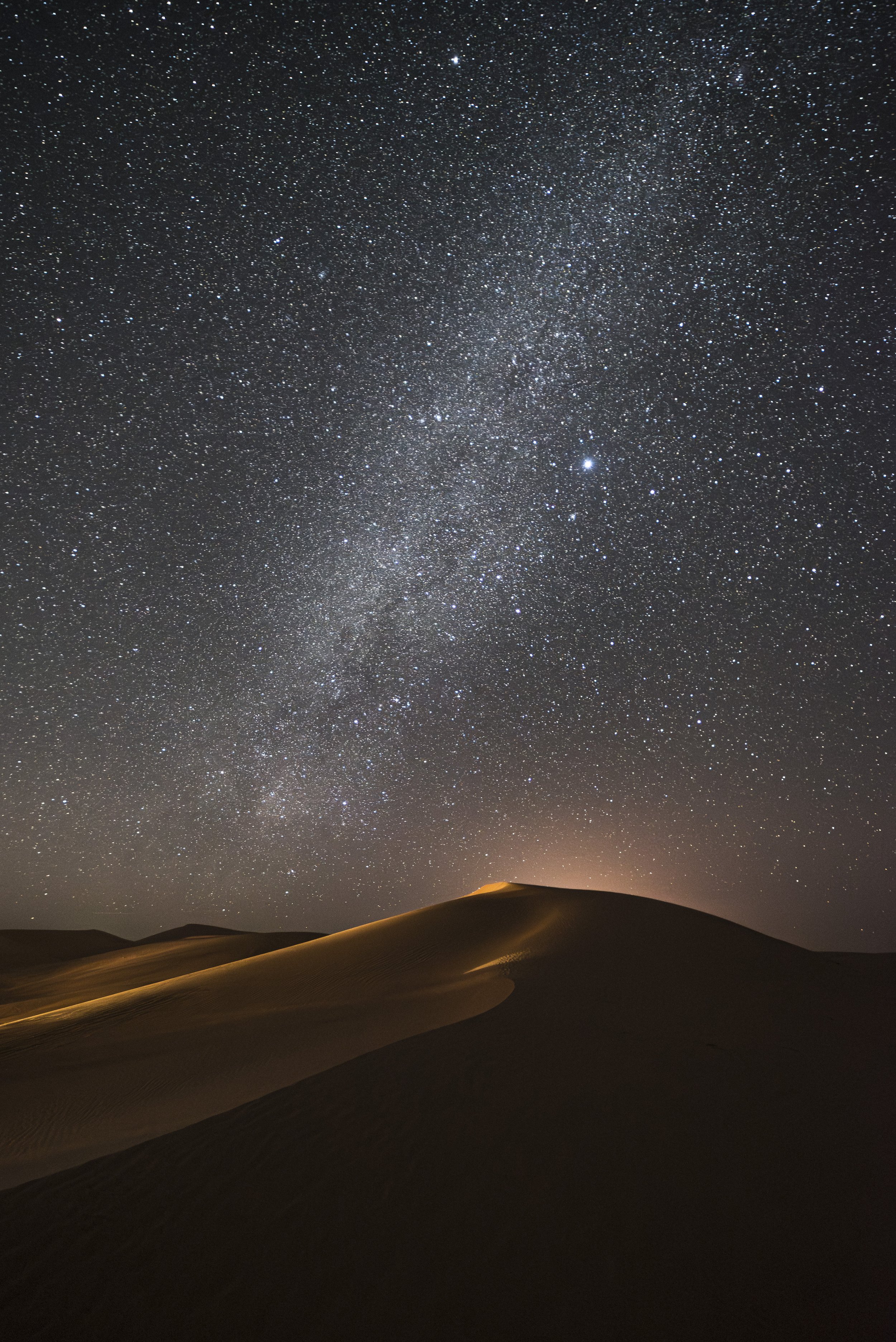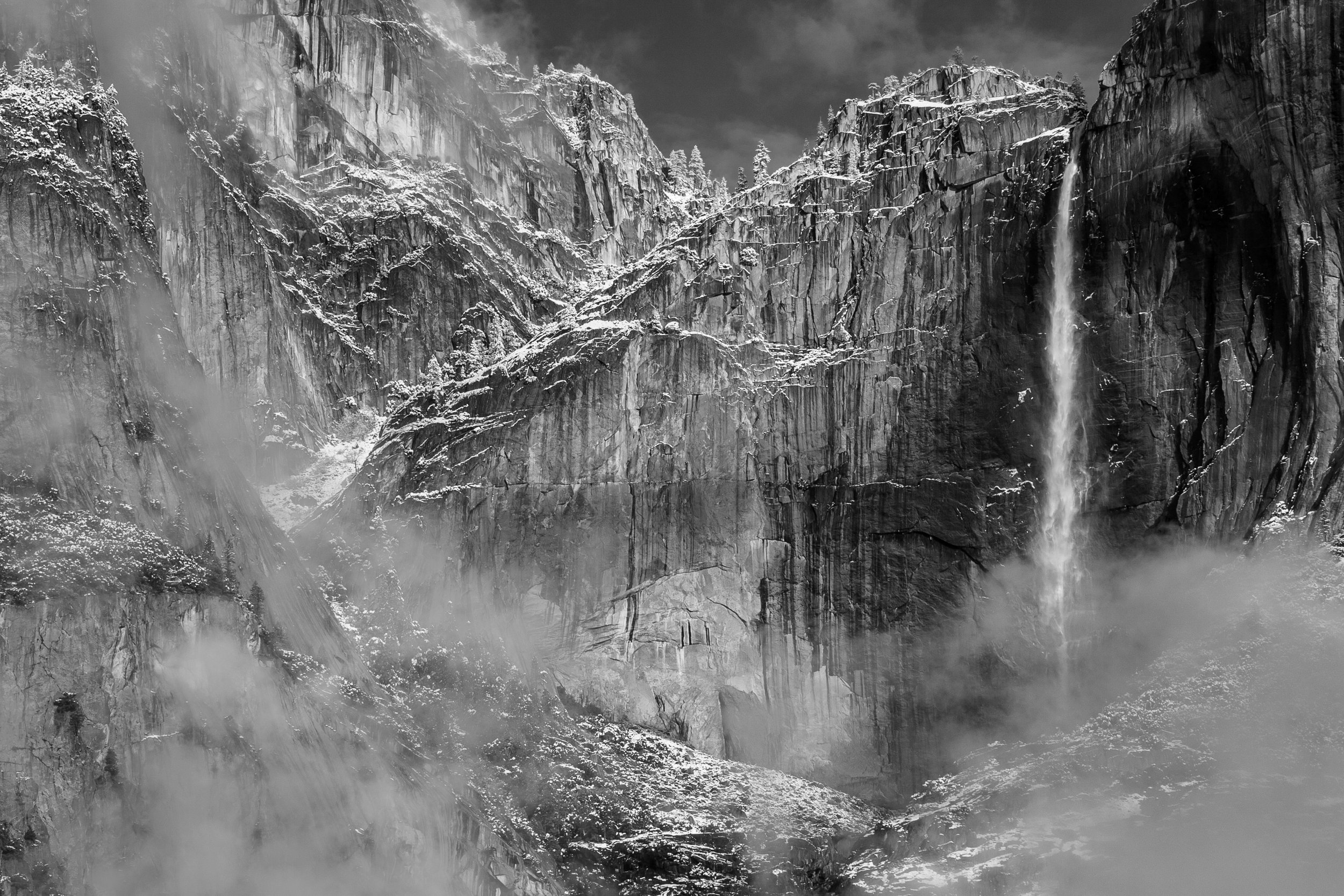Look! Up in the sky! It's ...
Sometimes, you just want to know what kind of object is passing through your star trails or star stack. Why? Could be for any reason, but the most obvious is that in post-production you might prefer eliminating one type of streak in the sky while not eliminating another. Or, you might just be curious.
Fear not, astral observer and recordist! I will guide you in how to identify and classify plane trails, satellites and meteors.
Planes
First up! The bane of of my existence. Plane trails. (I’m just kidding. Without those wonderful airplanes, I couldn’t go to all these wonderful places!)
Plane trails are easily identified by the following characteristics:
They are almost always solid lines with hashed or dotted lines on either side.
They travel at a predictable rate, often spanning many frames in an exposure stack.
Usually, they travel in a predictable path. But, they are not always straight! You may see course changes that curve away from the initial heading.
This example spanned six frames:
Nikon D750 with a Zeiss 15mm Distagon f/2.8 lens. Six exposures at 30 seconds, f/5.6, ISO 6400.
Want to eliminate plane trails? See “4 Ways to Remove Airplanes from Star Stacks.”
Satellites
Satellites are even more fun to identify, and tricksy like Hobbitses. You may want to think they are meteors, but they aren’t! Here’s what to look for:
Satellites are very thin and often dim paths with no other markings alongside.
In my experience, they move slower than planes, and so they also can span more than one frame in a star stack.
The trails from satellites are solid lines that are the same brightness from one end point to the other. They do not taper in and out like a meteor (keep on reading for details).
This example spanned ten frames:
Nikon D750 with a Zeiss 15mm Distagon f/2.8 lens. Ten exposures at 30 seconds, f/5.6, ISO 6400.
If you want to know with certainty (or get notifications) when a satellite or the International Space Station is passing overhead, there are a ton of apps for that. See this article from Space.com for a couple of suggestions. Lance uses Sky Guide (iOS only) with great success.
Meteors
Meteors are the “holy grail,” right? We all want some meteor love in our frames. Here is how you discern meteors from the other sky objects mentioned above:
Meteors taper in from nothing or a very thin path at the start point and taper out again at the end of the path.
They move faster than planes and satellites, and thus often appear in only one frame, possibly two (depending on your exposure length).
They can be many different colors, depending on if they flare up during entry.
They almost always appear in only one frame, because they move fast and burn out quick!
Here’s an example of a whole bunch of meteors at Great Sand Dunes National Park, shot during the Perseids:
Great Sand Dunes National Park, Colorado. Nikon D750, 15mm Zeiss Distagon f/2.8 lens. 234 images at 22 seconds, f/2.8, ISO 6400, plus a single exposure at 382 seconds, ISO 2000 for the landscape after moonrise.
Iridium Flares
Bonus! There’s something else those night streaks might be. Iridium flares.
Iridi-what, you might ask? Yeah, I kinda asked the same thing when Gabe and Lance mentioned them to me while looking at the photos I pulled for this post.
Iridium flares are the reflections from a certain set of communication satellites with highly reflective antennae. When they line up properly with sunlight streaming past Earth, they glow while traveling through the night sky for up to 20 seconds.
In a photo, they look much like a meteor—a long, bright streak with tapered ends. But because they last much longer than a meteor, their trails can appear longer, and can even last through multiple frames (as in the stacked image above—you can see the gap from when the shutter was closed). Here’s another example:
Nikon D750 with a Zeiss 15mm Distagon f/2.8 lens. Two exposures at 30 seconds, f/5.6, ISO 6400.
Alas, as cool as these can be to shoot, they won’t be shooting through our skies much longer. Iridium, the company that put them up there, is taking them down. For more info, see their brilliantly titled “#Flarewell” webpage.
Wrapping Up
Now that you know which is which, I hope deciding which to eliminate or enhance will become easier during your post-processing.
Stump the Chump
Got a mystery? Post your photo (either in high resolution or cropped close to the object) in the comments section or on our Facebook page and I’ll help you identify it. I’m looking forward to sleuthing out some mysterious sky events with you.











